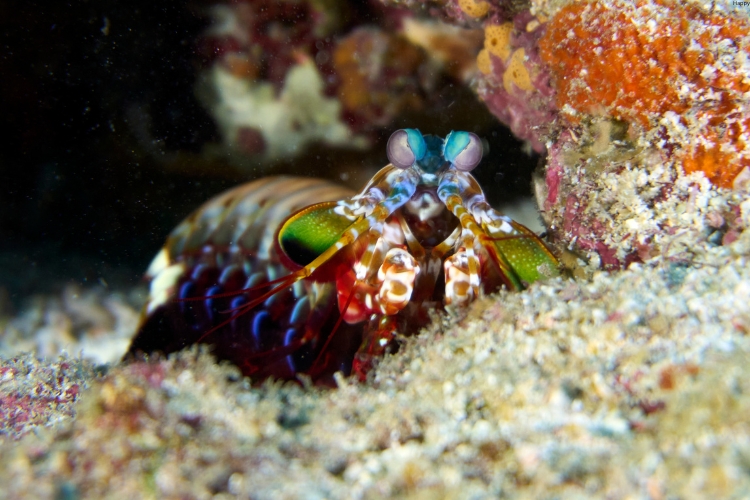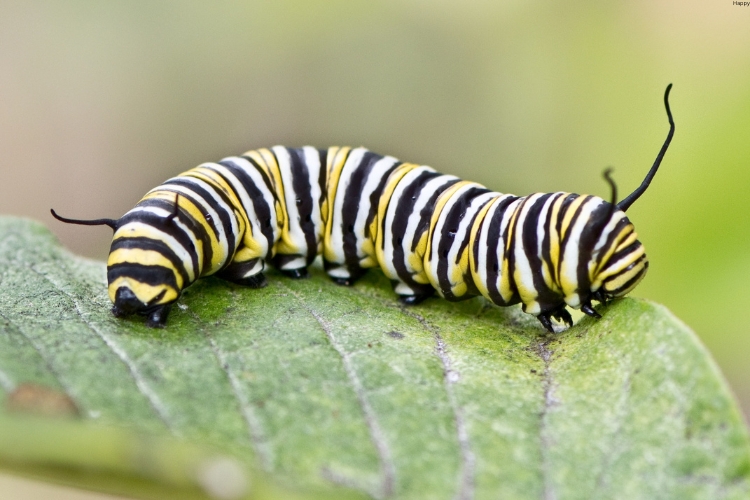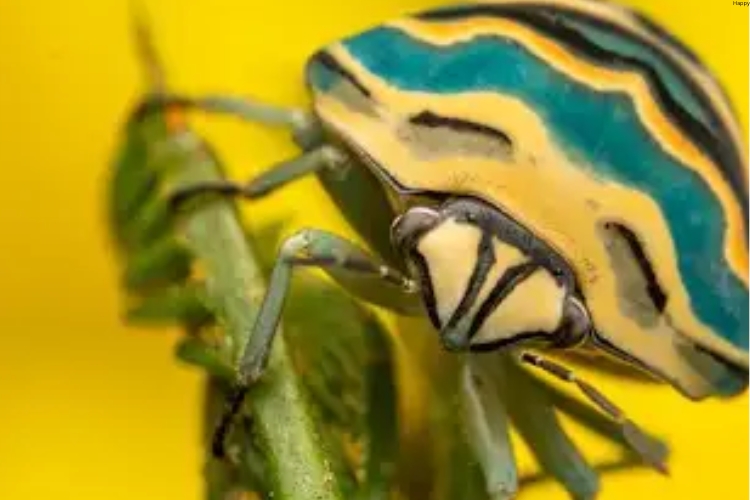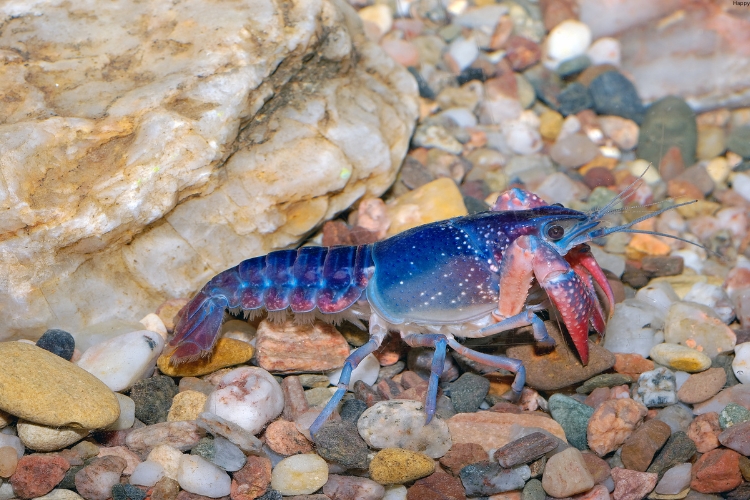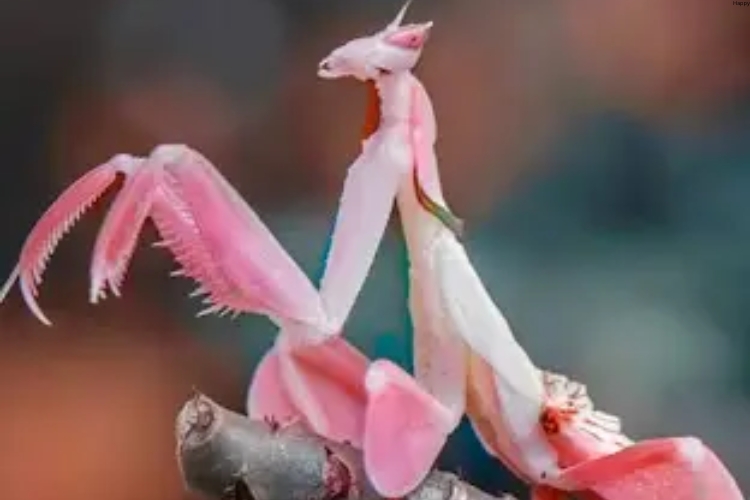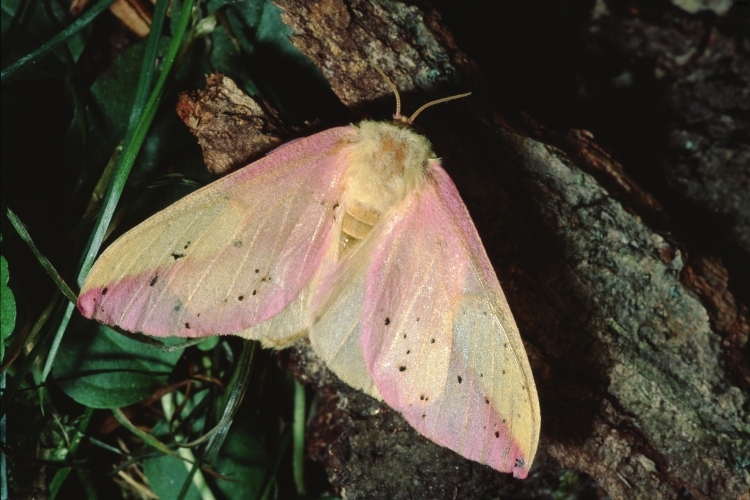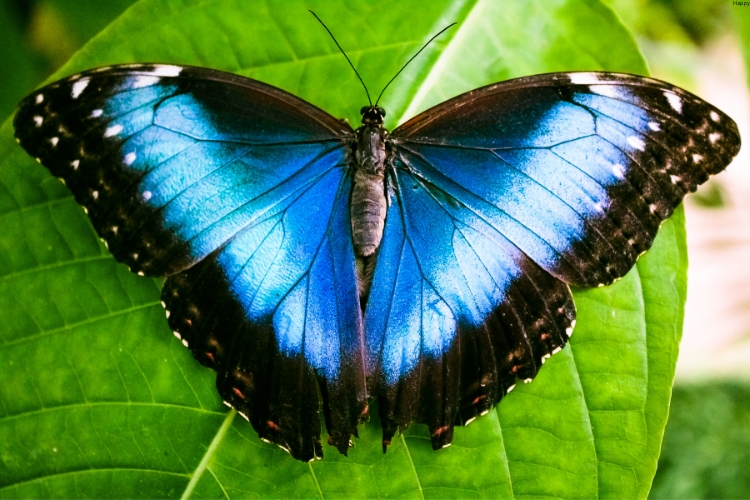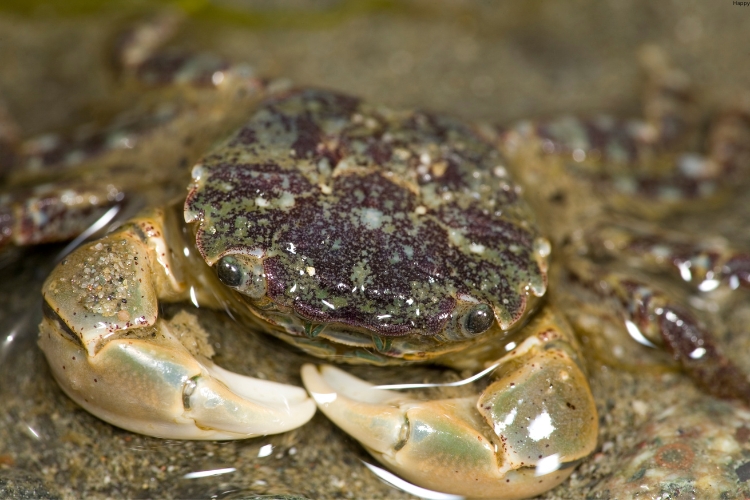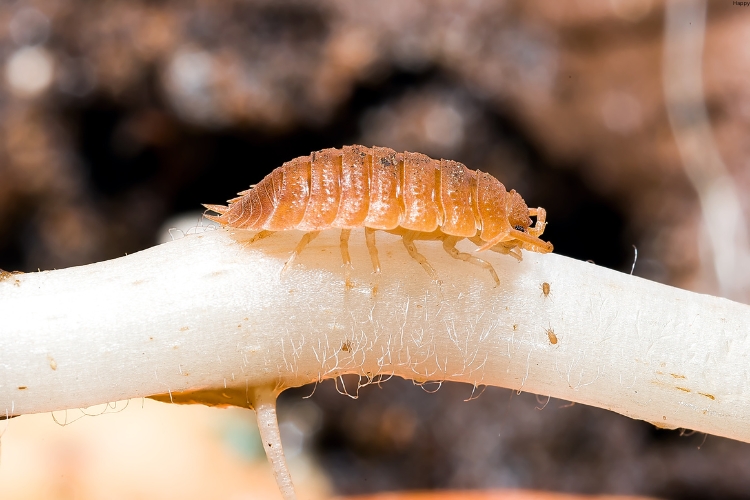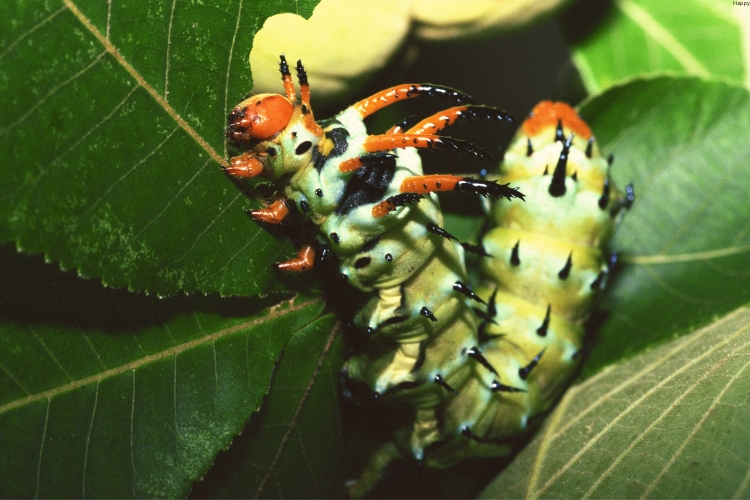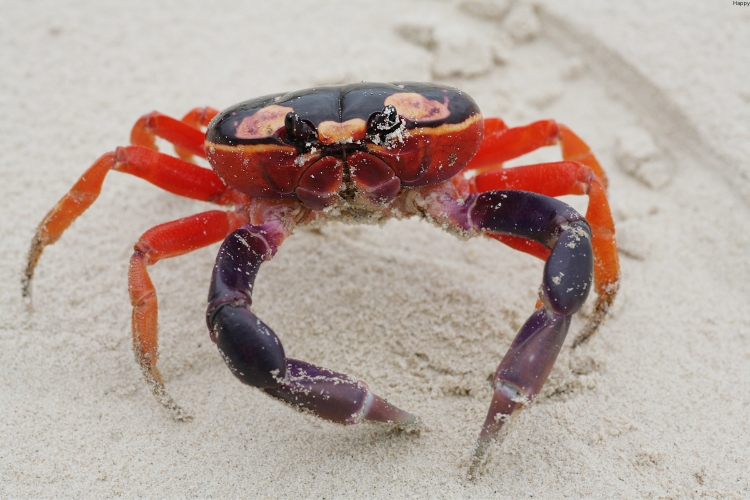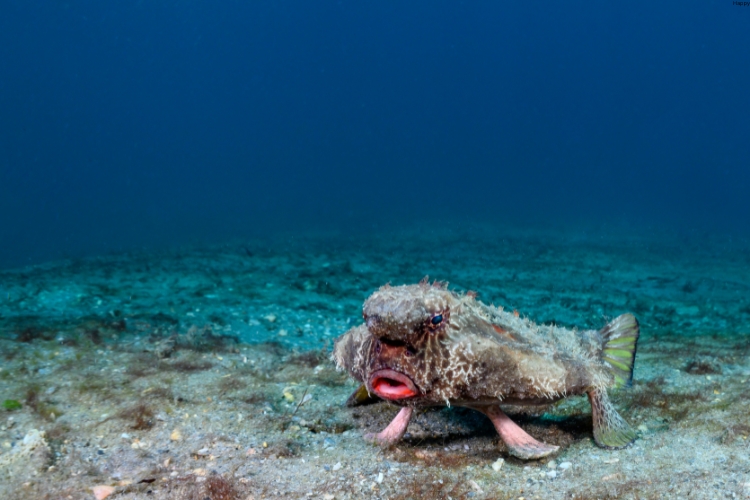In the vast and diverse world of invertebrates, nature has painted a stunning array of colors that often go unnoticed by the casual observer.
From the depths of the oceans to the heights of tropical canopies, these creatures showcase a palette that rivals the most vibrant works of art.
This article delves into 25 rare and unusually colored invertebrates, exploring their unique hues and the fascinating adaptations that make them stand out in their respective ecosystems.
The Importance of Color in Invertebrates
Before we dive into our colorful cast of characters, it’s crucial to understand why these unusual colors matter:
- Camouflage: Many invertebrates use their coloration to blend in with their surroundings, avoiding predators or ambushing prey.
- Warning signals: Bright colors often serve as a warning to potential predators, indicating toxicity or unpalatability.
- Mating displays: Vibrant hues can play a crucial role in attracting mates and ensuring reproductive success.
- Temperature regulation: Some colors help invertebrates manage their body temperature more effectively.
- Species recognition: Unique color patterns can help individuals identify members of their own species.
Understanding these functions adds depth to our appreciation of these remarkable creatures and their place in the natural world.
25 Rare and Unusually Colored Invertebrates
1. Blue Glaucus (Glaucus atlanticus)
Also known as the blue sea slug or blue dragon, this tiny creature boasts an ethereal blue and silver coloration.
Found floating upside down on the surface of tropical and temperate waters, the Blue Glaucus feeds on venomous prey like Portuguese man-of-war, storing their stinging cells for its own defense.
2. Peacock Mantis Shrimp (Odontodactylus scyllarus)
With its kaleidoscope of colors, including bright blues, greens, reds, and oranges, the Peacock Mantis Shrimp is a visual marvel.
This aggressive predator not only has one of the most complex visual systems in the animal kingdom but also possesses incredibly powerful striking claws.
3. Jewel Caterpillar (Acraga coa)
Resembling a translucent gummy bear adorned with colorful spines, the Jewel Caterpillar is a sight to behold.
Its gelatinous body is studded with vibrant, often iridescent protrusions that serve as a defense mechanism against predators.
4. Picasso Bug (Sphaerocoris annulus)
Named after the famous artist due to its abstract pattern of black, white, and red, the Picasso Bug is a type of shield bug found in Africa. Its unique coloration serves as a warning to predators of its unpalatable nature.
5. Golden Tortoise Beetle (Charidotella sexpunctata)
This small beetle has the remarkable ability to change its color from golden to reddish-brown. When disturbed, it can alter its appearance in a matter of milliseconds, a trait that has earned it the nickname “gilds bug.”
6. Pink Katydid (Amblycorypha oblongifolia)
While most katydids are green to blend in with leaves, rare pink variations occur due to a genetic mutation. These striking insects stand out against their typical green counterparts, offering a unique glimpse into genetic diversity.
7. Blue Crayfish (Procambarus alleni)
Native to Florida, the Blue Crayfish, also known as the Electric Blue Crayfish, sports a vivid blue exoskeleton. This unusual coloration is the result of a genetic mutation and makes them highly sought after in the aquarium trade.
8. Orchid Mantis (Hymenopus coronatus)
Mimicking the petals of an orchid flower, this mantis displays an extraordinary example of camouflage. Its pink and white coloration allows it to blend seamlessly with certain orchids, attracting unsuspecting insect prey.
9. Sea Apple (Pseudocolochirus axiologus)
This vibrant sea cucumber comes in a variety of colors, including deep purples, blues, and reds. Its vivid hues serve as a warning to potential predators about its toxicity.
10. Marble Cone Snail (Conus marmoreus)
With its intricate pattern of dark brown or black triangles on a white background, the Marble Cone Snail is both beautiful and deadly. Its venom is highly toxic to humans, making it one of the most dangerous invertebrates in the ocean.
11. Rosy Maple Moth (Dryocampa rubicunda)
This charming moth sports a unique combination of pink and yellow, resembling a living piece of candy. Found in North America, its coloration helps it blend in with maple leaves during the day.
12. Blue Morpho Butterfly (Morpho peleides)
One of the largest butterflies in the world, the Blue Morpho is known for its iridescent blue wings. This striking color is not due to pigmentation but rather the reflection and refraction of light on microscopic scales on its wings.
13. Philippine Ladybird Beetle (Heteroneda sp.)
Unlike the common red ladybird, this species showcases a mesmerizing metallic blue color with red spots. Its unique appearance serves as a warning to predators about its unpalatable nature.
14. Nudibranch (Various species)
Nudibranchs, or sea slugs, come in an astonishing array of colors and patterns.
Species like the Nembrotha kubaryana display striking combinations of green, purple, and orange, while others like the Glaucus atlanticus showcase ethereal blue and silver hues.
15. Flamingo Tongue Snail (Cyphoma gibbosum)
This small marine snail is known for its vibrant spotted mantle that covers its shell. The bright orange, yellow, and black spots serve as a warning to predators about its toxic diet of coral.
16. Emerald Cockroach Wasp (Ampulex compressa)
With its metallic blue-green body and red legs, this wasp is as beautiful as it is fascinating. It’s known for its unusual reproductive behavior, using live cockroaches as hosts for its larvae.
17. Purple Shore Crab (Hemigrapsus nudus)
Found along the Pacific coast of North America, this small crab can display a striking purple coloration, especially on its claws. The intensity of the color can vary depending on the crab’s diet and environment.
18. Leopard Lacewing Butterfly (Cethosia cyane)
This butterfly species showcases an intricate pattern of orange, black, and white on its wings, resembling the spots of a leopard. The underside of its wings features an even more complex pattern with additional blue markings.
19. Giant Isopod (Bathynomus giganteus)
While not brightly colored, the Giant Isopod’s pale pink to lilac coloration is unusual for a deep-sea creature. These massive crustaceans can grow up to 16 inches long and are distant relatives of terrestrial woodlice.
20. Hickory Horned Devil (Citheronia regalis)
The caterpillar of the Regal Moth, this impressive larva is adorned with intimidating black-tipped orange spines and a green body. Despite its fearsome appearance, it’s harmless to humans.
21. Polka-dot Wasp Moth (Syntomeida epilais)
Also known as the Oleander Moth, this species features a striking pattern of white dots on a black background, with a bright red abdomen.
Its coloration serves as a warning of its toxicity, acquired from the oleander plants it feeds on as a caterpillar.
22. Halloween Crab (Gecarcinus quadratus)
Named for its orange and purple coloration reminiscent of Halloween, this land crab is native to the Pacific coast of Central America. Its vibrant colors make it a popular subject for wildlife photographers.
23. Leafcutter Ant (Atta cephalotes)
While most ants are brown or black, some species of leafcutter ants have soldiers with bright orange or red heads. This coloration may serve as a warning to potential predators about their powerful mandibles.
24. Red-lipped Batfish (Ogcocephalus darwini)
Although technically a fish, this bottom-dwelling creature looks more like an invertebrate. Its most distinctive feature is its bright red lips, which contrast sharply with its mottled brown body.
25. Harlequin Shrimp (Hymenocera picta)
This colorful shrimp sports a pattern of white, purple, and orange that resembles the costume of a harlequin. Its striking appearance belies its predatory nature, as it feeds exclusively on starfish.
Table: Color Functions in Featured Invertebrates
| Species | Primary Color(s) | Color Function |
|---|---|---|
| Blue Glaucus | Blue, Silver | Camouflage, Warning |
| Peacock Mantis Shrimp | Multi-colored | Mating Display, Species Recognition |
| Jewel Caterpillar | Translucent, Multi-colored | Defense |
| Picasso Bug | Black, White, Red | Warning |
| Golden Tortoise Beetle | Gold, Reddish-brown | Camouflage |
| Pink Katydid | Pink | Genetic Variation |
| Blue Crayfish | Blue | Genetic Variation |
| Orchid Mantis | Pink, White | Camouflage |
| Sea Apple | Purple, Blue, Red | Warning |
| Marble Cone Snail | White, Brown/Black | Warning |
Conclusion
The world of invertebrates is filled with an astounding variety of colors and patterns, each serving a specific purpose in the organism’s survival and reproduction.
From the depths of the oceans to the canopies of rainforests, these creatures showcase nature’s ability to produce vivid, often unexpected hues.
As we’ve explored these 25 rare and unusually colored invertebrates, we’ve seen how color can be used for camouflage, warning signals, mating displays, and more.
Each species tells a unique story of adaptation and survival, reminding us of the incredible diversity of life on our planet.
By appreciating and protecting these colorful creatures, we not only preserve the beauty of the natural world but also maintain the delicate balance of ecosystems that depend on these often-overlooked invertebrates.
As we continue to discover and study these remarkable animals, we gain a deeper understanding of the complex relationships that exist in nature and the importance of biodiversity in all its colorful forms.


